Restoring NH trail to deal with increased popularity, severe weather
| Published: 07-10-2023 9:03 PM |
Sporting a bright orange hard hat, Lou Kimball stood above a large stone with a hammer in hand.
The boulder was marked with four holes that Kimball had drilled minutes earlier. Metal feathers and wedges, tools used to split hulks of granite into m anageable shapes, fit inside the holes.
Kimball tapped each wedge with the hammer, first gently and then with greater force. Fine gray silica dust clouded the air as metal met metal.
After 20 taps, the stone split into two, nearly even halves. “That was a really easy one!” said Kimball, smiling. “This might make a really great step surface.”
Kimball, a member of a professional trail crew with the Appalachian Mountain Club, is one of many working to restore the immensely popular Franconia Ridge Loop Trail in the White Mountains.
“I’m just super enamored with this project,” said Kimball. “It’s like a rock worker’s dream.”
At Kimball’s site, the crew – a mix of professional trail workers and college volunteers – split stone, moved boulders and built staircases to create a more sustainable trail. They camp near the work site for four days at a time. Professional crew members remain on the project for 20-24 weeks a year between May and October. Workers from other organizations will join for a few weeks at a time.
The Franconia Ridge Loop, 11.4 miles of steep climbs offering sweeping views above treeline, is comprised of four trails: Old Bridle Path, Greenleaf Trail, Franconia Ridge Trail and Falling Waters Trail. The loop is among the busiest hikes in the Whites, attracting up to 1,000 visitors a day in the summer.
Article continues after...
Yesterday's Most Read Articles
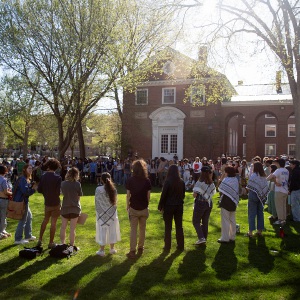 Dartmouth administration faces fierce criticism over protest arrests
Dartmouth administration faces fierce criticism over protest arrests
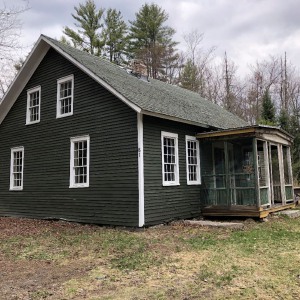 Hanover house added to New Hampshire Register of Historic Places
Hanover house added to New Hampshire Register of Historic Places
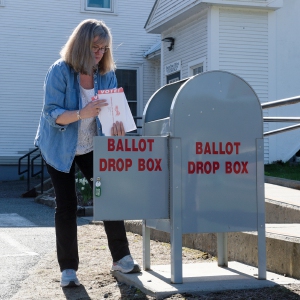 Sharon voters turn back proposal to renovate school
Sharon voters turn back proposal to renovate school
In the federal White Mountain National Forest, the Appalachian Mountain Club is coordinating a five-year restoration project under the direction of the United States Forest Service. A host of volunteer, nonprofit, private and federal groups will contribute to the work. On state land, the World Trails Network is organizing the rehabilitation.
Alexander DeLucia, director of trails at the AMC, explained that a high volume of recreational use along with intense weather patterns made even worse by climate change have led to trail erosion over time. With portions built as long ago as 1826, the paths are steep with thin soil coverage and loose rocks in sections.
“All of these things combined create that perfect storm,” DeLucia said while climbing the Old Bridle Path toward Kimball’s project site, a mile and a half from the trailhead.
When faced with slippery surfaces, puddles of water and loose rocks, hikers tend to wander off the main trail and create alternate routes.
“People start impacting a wider and wider and wider area,” said DeLucia.
That means even more soil loss and impacts on vegetation.
Matt Moore, a trail crew manager, agreed. At the project site on Old Bridle Path, he assessed a large boulder parked in the center of the trail. Hikers had formed two paths around it, more than doubling the width of the original trail. Moore’s crew had spent the morning trying to move the boulder, but it wouldn’t budge. They resorted to splitting slabs of the boulder into steps, instead.
“What you can now observe on these trails in the White Mountains, once you see it, it’ll break your heart,” said Moore, who has worked with the Appalachian Mountain Club since 2005. “The folks who planned to build these trails probably had no idea that thousands of people would hike them in a day.”
DeLucia and Moore say that the combination of problems requires a complex solution. On much of the Franconia loop, trail crews are building durable, 6- to 7-inch stairs to stabilize soil and encourage hikers to stay on the trail – what DeLucia calls an “appealing and attractive option.” In other spots, the trail is too steep to rebuild and will need to be rerouted. Crews will also build drainage areas to prevent water from flowing directly down the trails.
The project began last year after Sen. Jeanne Shaheen secured $1.125 million in federal funding. The non-profit Appalachian Mountain Club will contribute over $300,000 as well.
“This funding will make a real difference for hikers’ safety and restoration of the trail,” Shaheen said in announcing the funding. “Our state’s booming outdoor recreation economy is fueled by hikes like the Franconia Ridge Loop Trail, and I’ll continue to advocate for resources to ensure these sites are preserved for generations of Granite Staters to enjoy.”
Admiring a completed section of the Old Bridle Path, DeLucia said, “We’re finally investing what we actually need in the trails. It’s a substantial amount of money.”
A few yards up the trail, Moore watched crew lead Emily White rotate a stone into position in a staircase.
“I’m excited to be part of this ever-evolving opportunity,” Moore said.
“This, to me, seems like an opportunity to do it right. It’s costly, it takes a lot of effort and a lot of people and a lot of skill, but it seems like the right way to do it.”

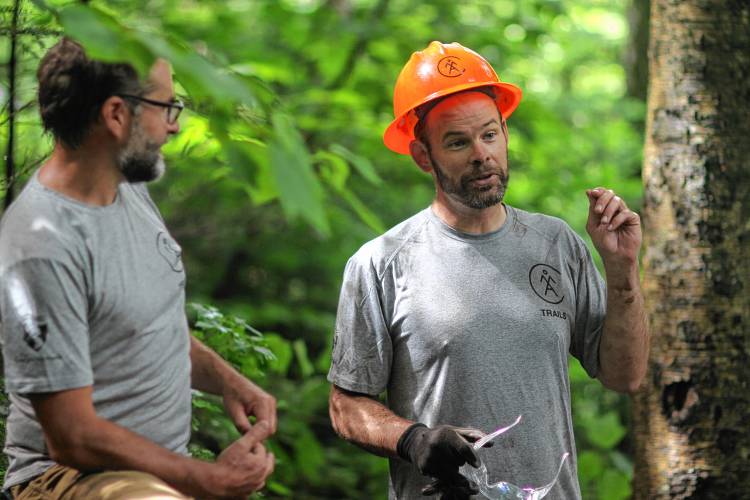
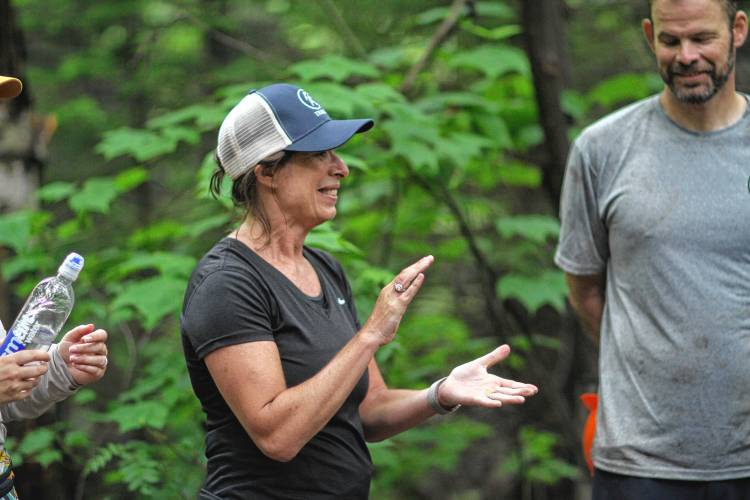
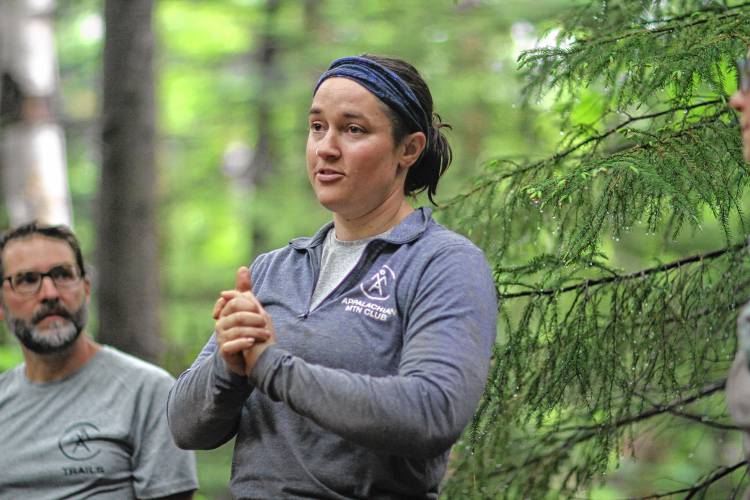
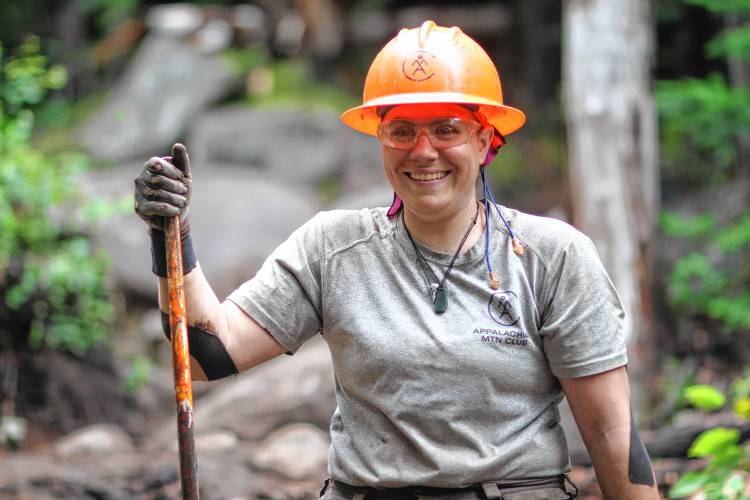
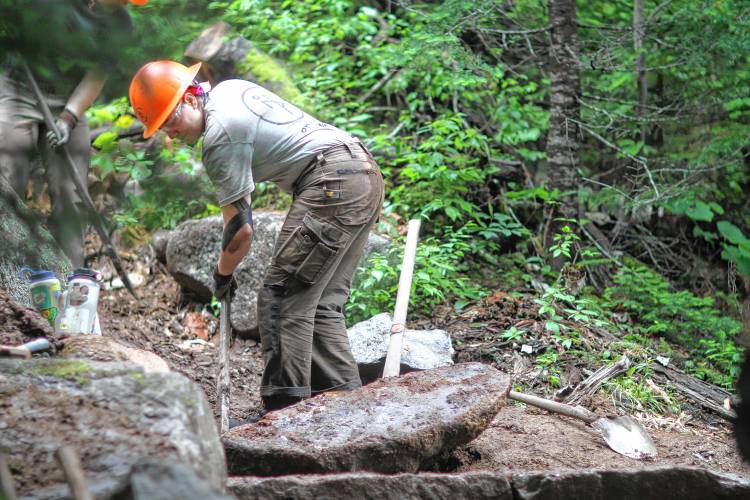
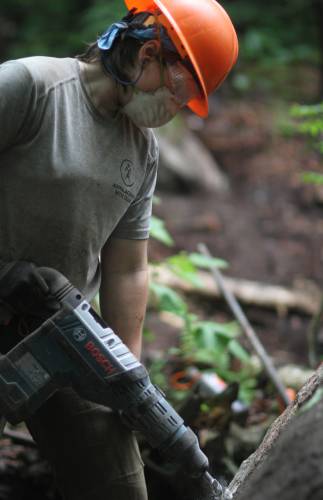
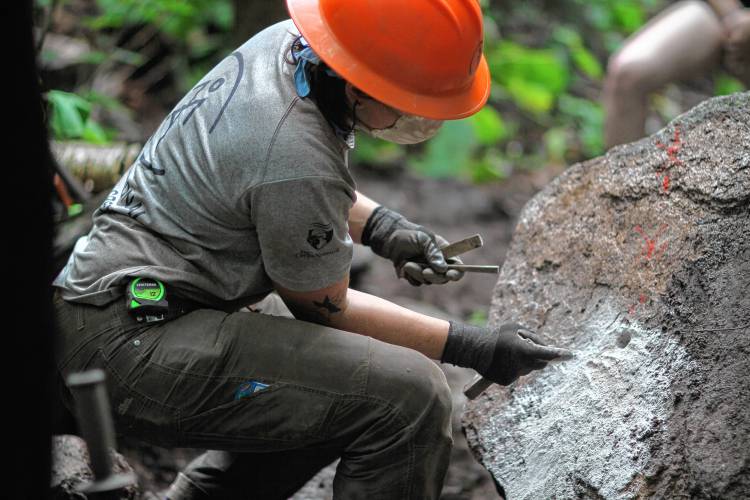
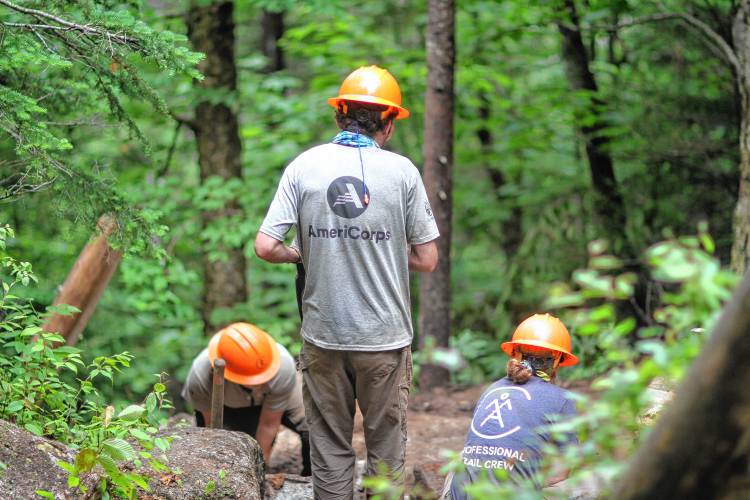
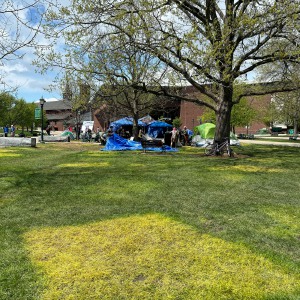 Students take down pro-Palestinian encampment at UVM
Students take down pro-Palestinian encampment at UVM
